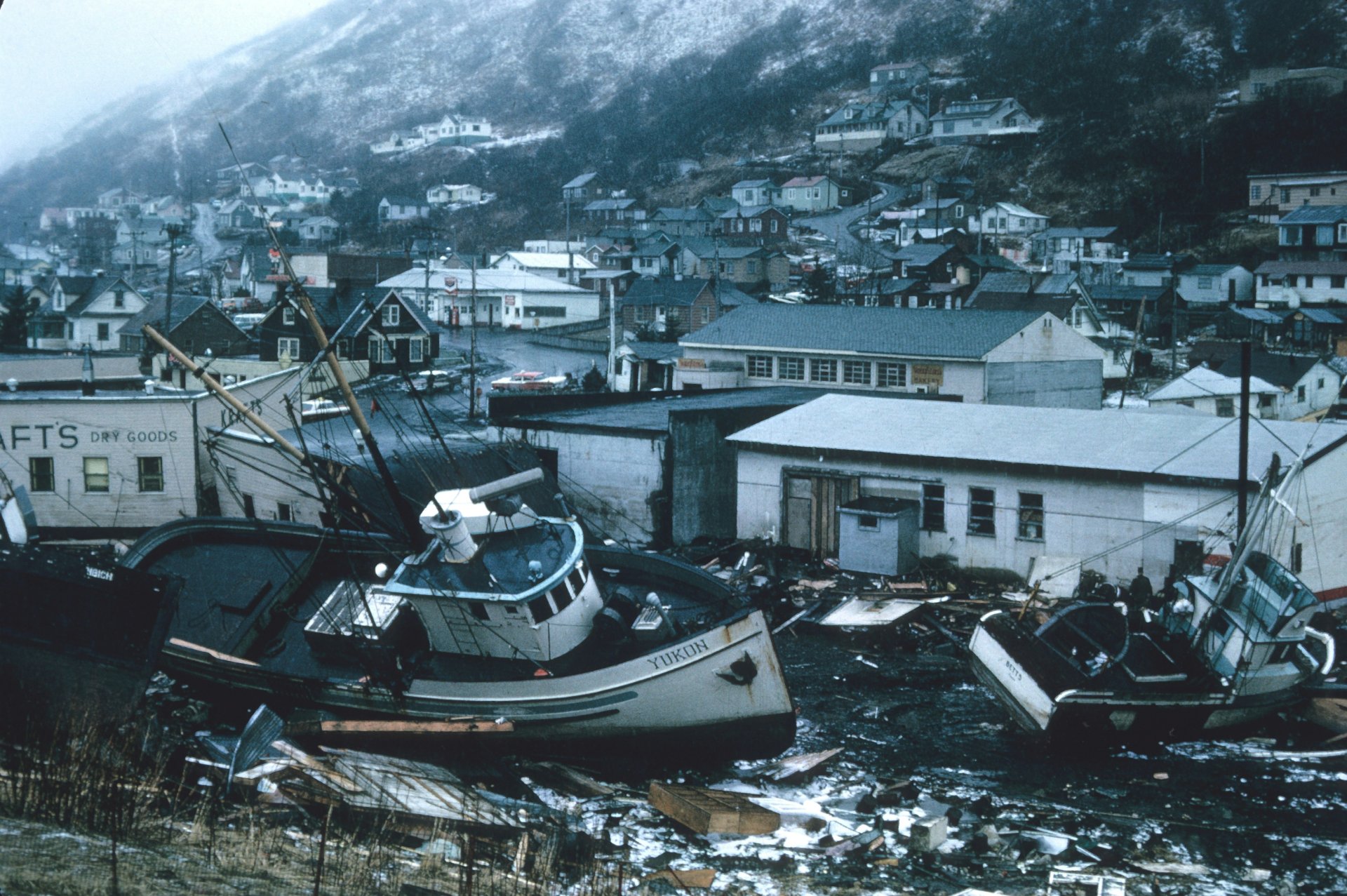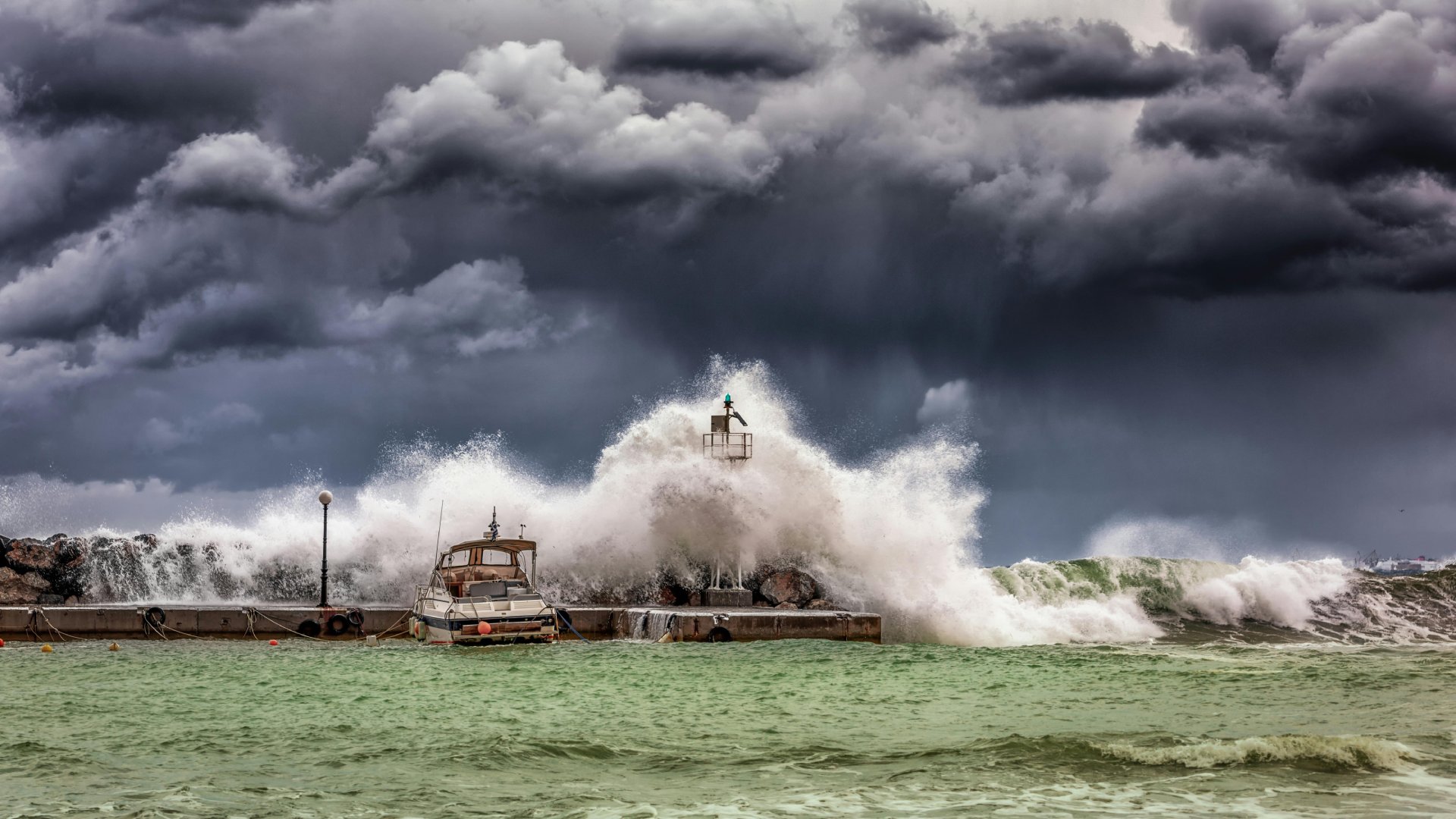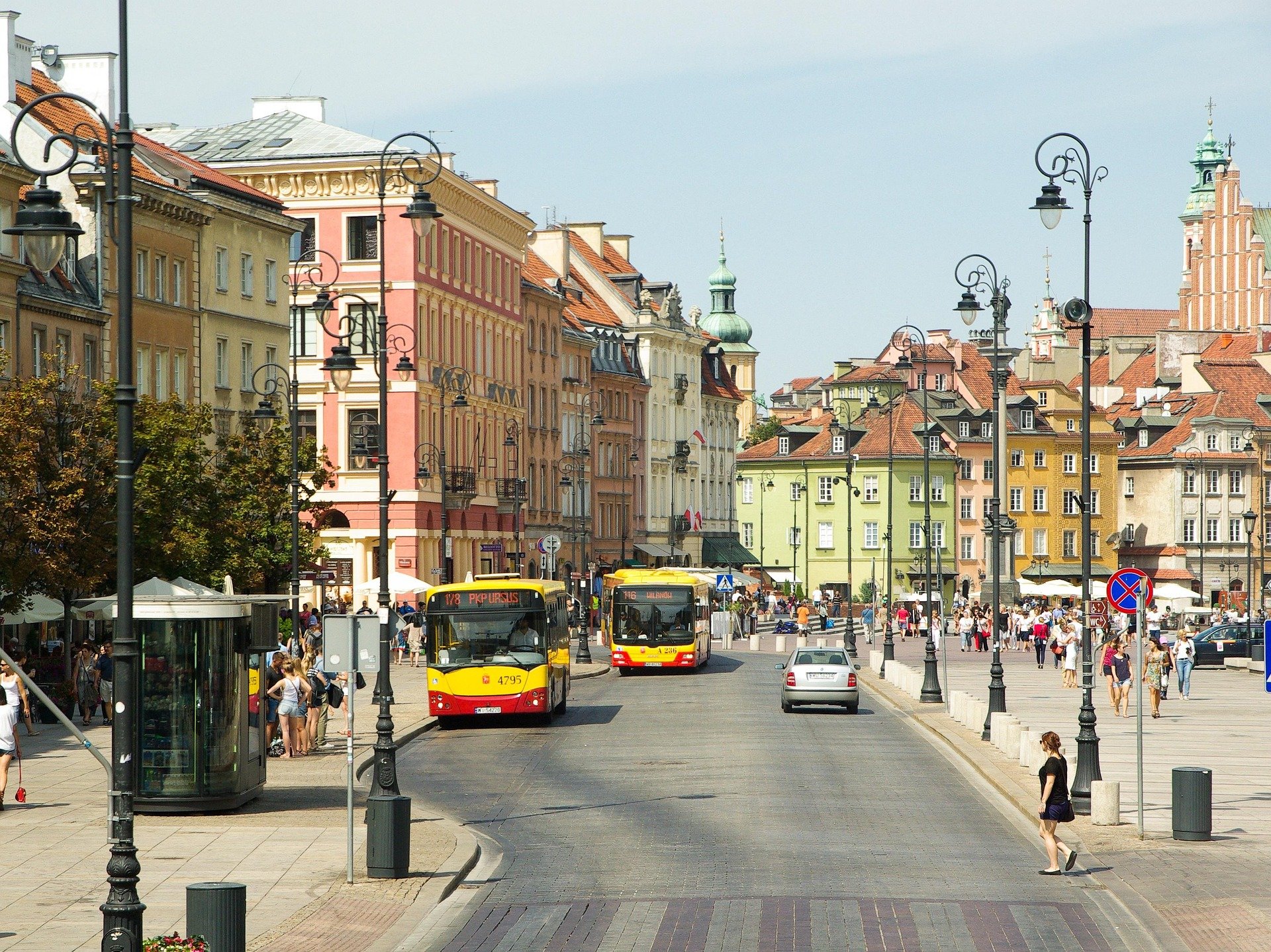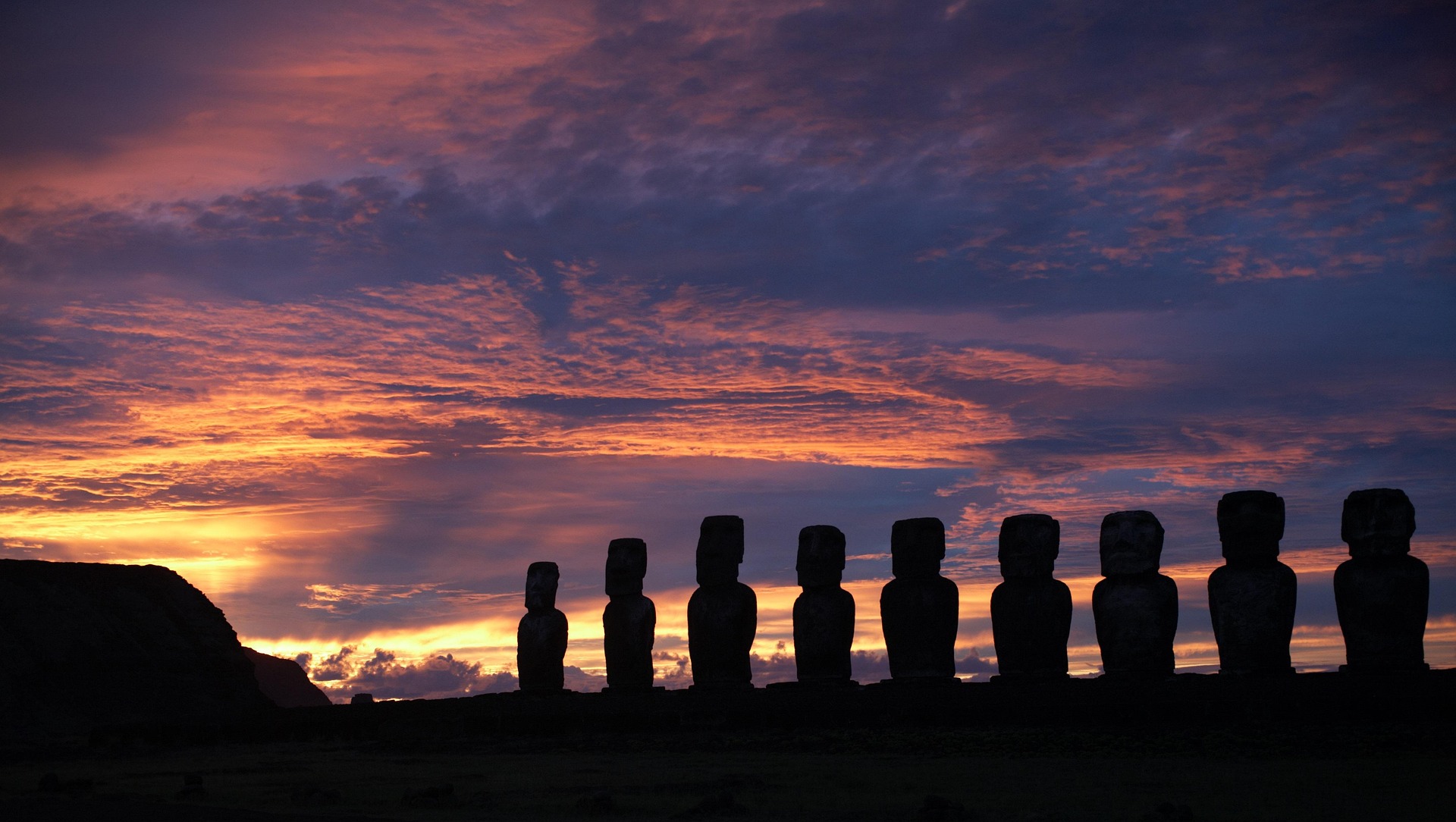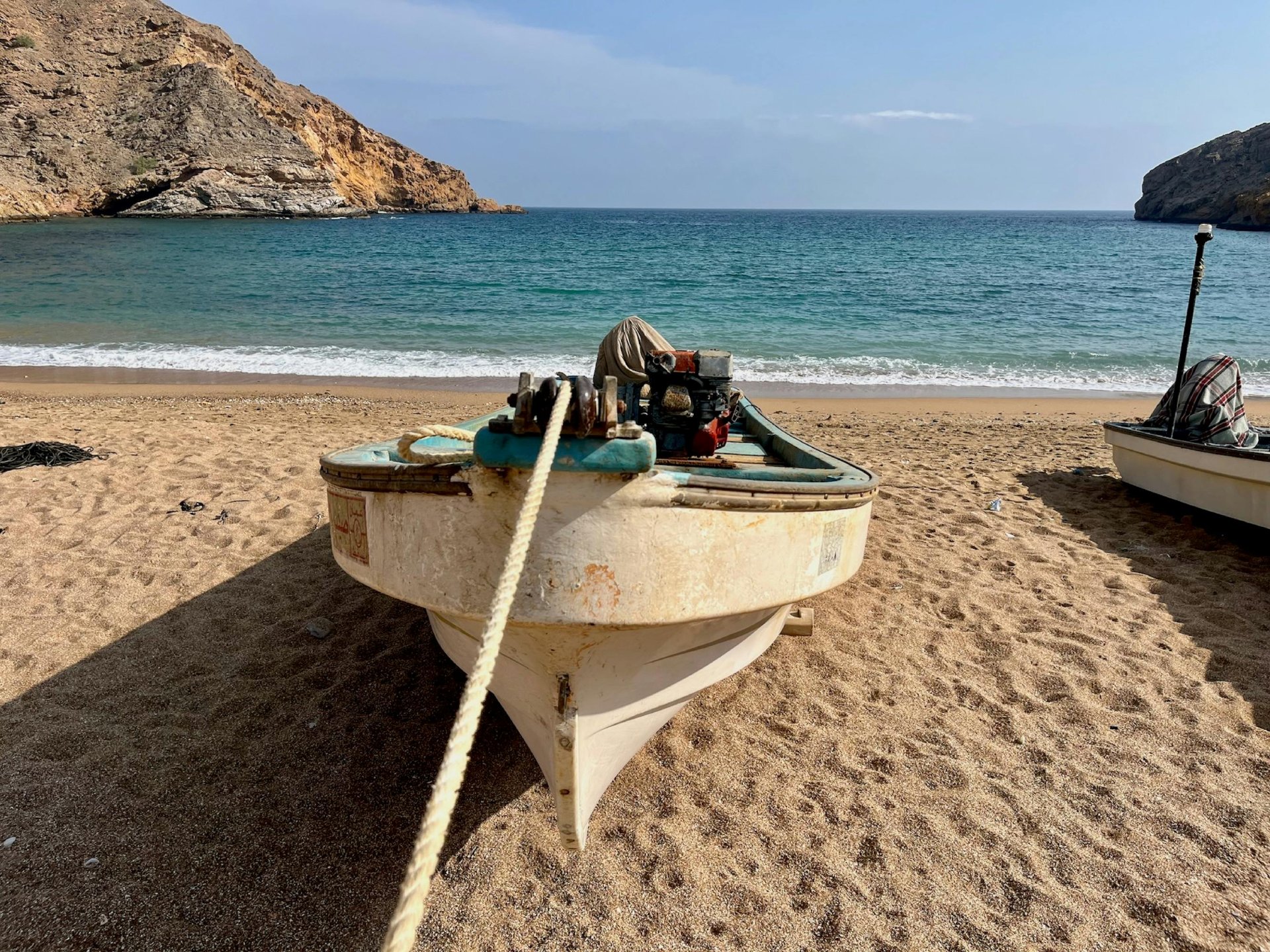Article Highlights:
- Preparedness is Key: Assemble a well-equipped “go bag” with essential items like valid identification, emergency cash, a first aid kit, and travel documents to ensure safety and survival during sudden evacuations.
- Understand Regional Risks: Familiarize yourself with the natural disaster risks specific to your travel destination, such as hurricanes, earthquakes and floods, and take proactive steps to prepare and respond effectively.
- Use Travel Protection Services: Consider getting a Global Rescue membership, which offers expert assistance and resources to keep you safe during natural disasters, including evacuation support and real-time updates.
Wherever you’re traveling during the summer, the potential threat of a natural disaster is constant in many popular travel destinations.
Extreme storms like hurricanes, cyclones and typhoons are a harsh reminder that Mother Nature reigns supreme. Thankfully, today’s weather tracking technology allows us to identify, name and track these destructive events well in advance of landfall, giving travelers ample time to prepare and evacuate, if needed.
But other disasters are unpredictable, especially earthquakes. Earthquake prediction is not possible but travelers visiting regions where earthquakes are more likely can take steps to prepare and respond effectively.
Travel in North America, Europe, the Middle East and Asia during the summer months includes the potential for natural disasters, both predictable and unpredictable.
“Preparing a go bag packed with key items will increase your likelihood of safety or even survival when it’s necessary to immediately relocate to a safer area or depart the region at less than a moment’s notice,” said Harding Bush, a former Navy SEAL and associate director for security operations at Global Rescue.
While having a travel protection service in place should be the first item on the to-do list, preparing a “go bag” for your next trip should be second. In other words, if disaster looms, or strikes, and you have to prepare or even make a run for it, a go bag is full of things you’ll want with you.
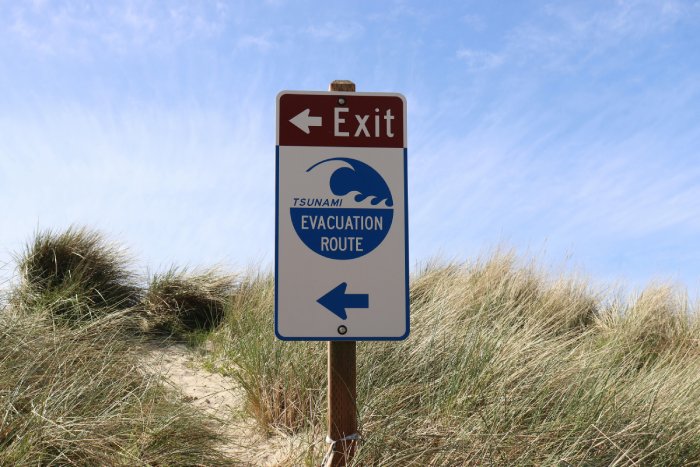
Stay or Go?
You may be asking yourself; does it even make sense to travel during the summer season? The answer is yes, with some caveats:
Choose a location out of harm’s way – This doesn’t mean you should entirely avoid tropical areas like the Caribbean. Just remember that Aruba, Bonaire, and Curacao are on the hurricane belt’s southern edges. Grenada, Trinidad and Tobago, and Barbados are also far south and rarely get hurricanes.
Prepare for potential cancellation or evacuation – Purchase refundable airline tickets.
Call ahead – Ask your hotel about their disaster readiness plan. Do they have a place for you to shelter? Do they have a backup generator?
Bring cash – If the electricity is out, you won’t be able to pay for things with a credit card or withdraw money.
Summertime Natural Disasters
Summertime natural disasters in North America include hurricanes, tornadoes, tsunamis, floods and fires. In regions of Asia, heavy rainfall, drought and flood disasters are prevalent during the summer months. Natural disasters in Europe during summer months include heat waves, heavy rainstorms and forest fires. Across the Middle East and North Africa regions, natural disasters include droughts, earthquakes, water scarcity and heat waves.
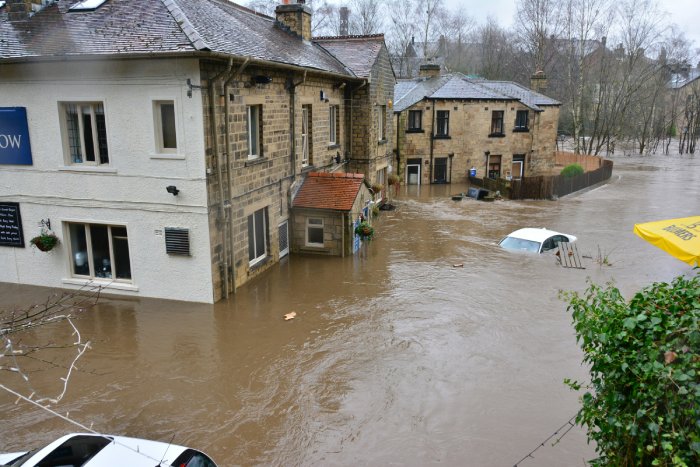
Floods
Flooding from storms, sudden heavy rainfall and tsunamis, is one of the most common and costly hazards in North America. Flooding is Canada’s most costly and frequent natural hazard. “Ninety percent of natural disasters within the United States involve flooding. Consequently, floods inflict more economic damage and loss of life and property than any other natural hazard,” according to U.S. officials. Flood disasters in Southeast Asian countries, including Cambodia, Laos, Thailand, Vietnam, Brunei, Malaysia, Indonesia, the Philippines, Singapore and Myanmar, account for approximately 40% of all natural disasters, according to experts.
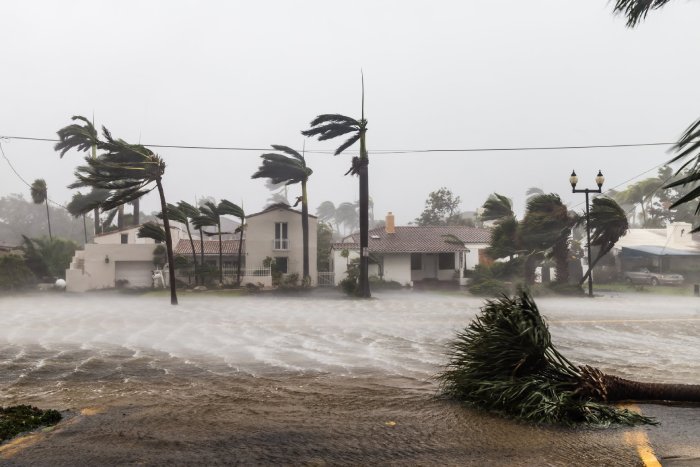
Hurricanes
Hurricanes can cause a great deal of destruction from high winds and flood waters. Fire damage is possible following a hurricane due to downed power lines in pooling water. Hurricanes occur frequently along the Atlantic and Gulf of Mexico coasts in North America, but parts of the Southwest U.S. and the Pacific Coast can also experience severe weather associated with hurricanes, which include tornadoes, floods and heavy winds.
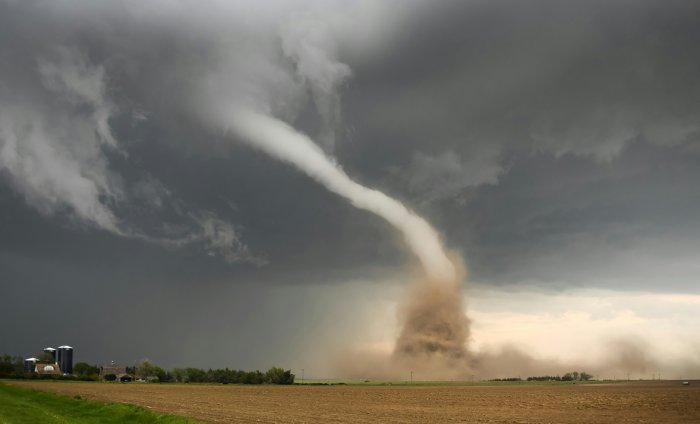
Tornadoes
Tornadoes are violent winds swirling at more than 250 mph (400+ kph), damaging buildings, power and gas lines, trees, sewer, and water infrastructure, triggering fire and flood damage in seconds. Tornadoes destroy nearly anything in their path and brutally scatter debris. They are most common from spring through mid-summer but can happen any time of the year. Tornadoes occur most frequently from southern Alberta across southern Saskatchewan and southern Manitoba to northwestern Ontario in Canada. In the U.S., Texas and Kansas record the most tornadoes each year on average.
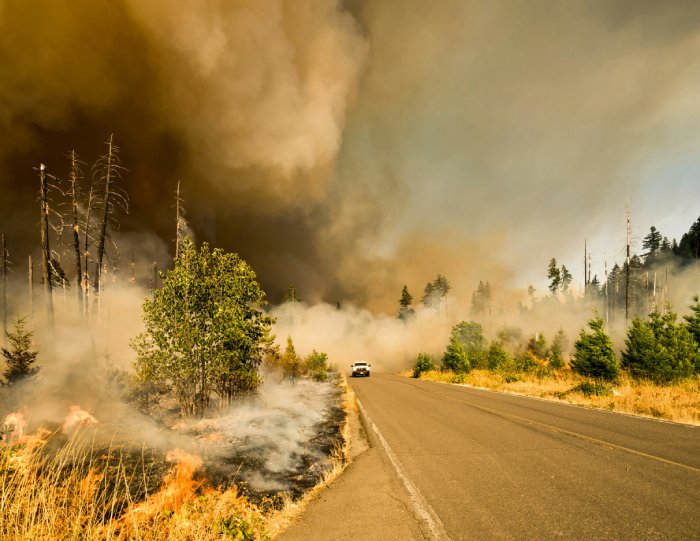
Fires
Brush fires and forest fires are an enormous disaster risk across North America and Europe often caused by lightning strikes, volcanic eruption, sparks from rock falls, and spontaneous combustion. Heat waves and droughts during summer months can increase the risk. Europe recorded the hottest summer on record in 2023 and witnessed more than 11,000 acres (460,000 hectares) of forest destroyed by wildfires that year. In Canada, a record 45 million acres (18 million hectares) burned while in the U.S. more than 2.5 million acres went up in smoke.
The following tips will help you prepare, as best as you can, for disaster and post-disaster safety and survival:
- Evacuate if you can – Let’s be clear: if officials issue an evacuation order, don’t ignore it.
- Know where to get hurricane information – In the United States, you can receive Wireless Emergency Alerts (WEA) on your mobile phone from the National Weather Service. Several countries — including China, Japan, Korea, Thailand and the Philippines — share monitoring responsibilities through the Japanese Meteorological Agency and the Joint Typhoon Warning Center. Be sure to monitor local emergency systems throughout the storm. Wherever you are, bookmark the ideal city or country website to get the latest weather updates and emergency instructions.
- Keep your devices charged – Power could go out for days, weeks or months following a hurricane, cyclone or typhoon.
- Gather a survival kit – FEMA’s emergency supply kit list is a great place to start. Make sure you gather items as far in advance as you can so you can guarantee the items will be available.
- Know the safety basics – Red Cross’s post-storm health and safety tips are essential.
- Beware of storm surges – This one is crucial: the most dangerous part of a hurricane, cyclone or typhoon is the storm surge, which occurs after the storm.
- Learn emergency skills – The Red Cross encourages learning First Aid and CPR.
Following is information about tsunamis and earthquakes plus the most important preparations you can make in advance of these disasters:

Tsunamis
Tsunamis, also known as tidal waves or wave trains, are most often triggered along the fault lines in the Caribbean, Southern California, and another stretching from Northern California to Canada. Tidal waves can be 60-to-300 miles wide (96-480+ km), more than 30 feet high (9 meters) and can reach speeds of up to 600 mph (950+ kph). Their destructive power is mind-boggling, especially when you consider that “a mere six inches of fast-moving flood water can knock over an adult [and] it takes just 12 inches of rushing water to carry away most cars,” according to the National Weather Service.
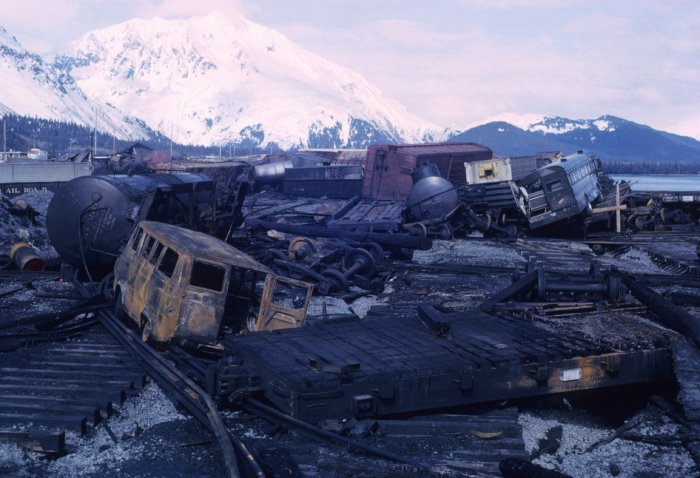
Earthquakes
Unpredictable natural disasters, such as earthquakes, can strike without warning. In their wake, they leave devastation either directly in the strike zone or by setting off a catastrophic tsunami. While earthquake prediction eludes scientists, they do know most of them come from two regions – and that helps travelers understand how to prepare for an earthquake and respond afterward.
The Alpide earthquake belt extends from Java to Sumatra through the Himalayas, the Mediterranean, and out into the Atlantic, accounting for about 17% of the world’s most powerful quakes. The 7.6 magnitude Pakistan earth tremor in 2005 killed more than 80,000 people. In 2004, the 9.1 magnitude Indonesia earthquake triggered a tsunami that killed nearly a quarter of a million people. Both seismic catastrophes started in the Alpide belt.
The global earthquake belt found along the rim of the Pacific Ocean is where more than 80% of the planet’s largest earthquakes occur, earning the nickname “Ring of Fire.” The 9.5 magnitude Chilean Earthquake [Valdivia Earthquake] in 1960 and the 9.2 magnitude Alaska Earthquake in 1964 are some of the largest earthquakes that have taken place along this perimeter according to the U.S. Geological Survey (USGS).
Preparation Tips
Valid identification and travel documents – Ensure you have your passport, identification and any necessary travel documents readily accessible. These documents are essential for identification, possible evacuation, and re-entry into your home country. Keep them in a waterproof and secure location, such as a sealed plastic bag within your travel bag.
Emergency contact information – Carry a list of emergency contact numbers, including local authorities, embassy or consulate contact details, and the phone numbers of your loved ones back home. In the event of a disaster, communication networks may be disrupted, so having these numbers readily available can help you seek assistance and inform your family about your well-being.
First aid kit and medications – Make a compact first aid kit equipped with essential medical supplies such as bandages, antiseptics, pain relievers and any prescription medications you require. Consider the duration of your trip and the availability of medical services at your destination.
Emergency cash and backup cards – Keep enough emergency cash in both local and widely accepted international currency. ATMs and banking systems may be inaccessible during or after a disaster. Additionally, carry backup credit or debit cards in case your primary card gets lost, stolen or compromised.
Local maps and language guide – Include local maps and a basic language guide. A language guide can help you communicate with locals and emergency responders, allowing you to understand instructions and seek help effectively.
Designate a meeting point if a catastrophic event separates you from your family or group –Determine in advance where to shelter during an earthquake or moving to higher ground during a tsunami. Establish a communication plan to stay connected with loved ones during emergencies. Identify an out-of-area contact person who can relay messages and provide updates.
These items and actions are in addition to the standard travel essentials like appropriate clothing, toiletries and personal items. It’s also crucial to stay informed about the local emergency procedures and listen to instructions from local authorities during a natural disaster. Taking these precautions will enhance your safety and preparedness when traveling internationally.
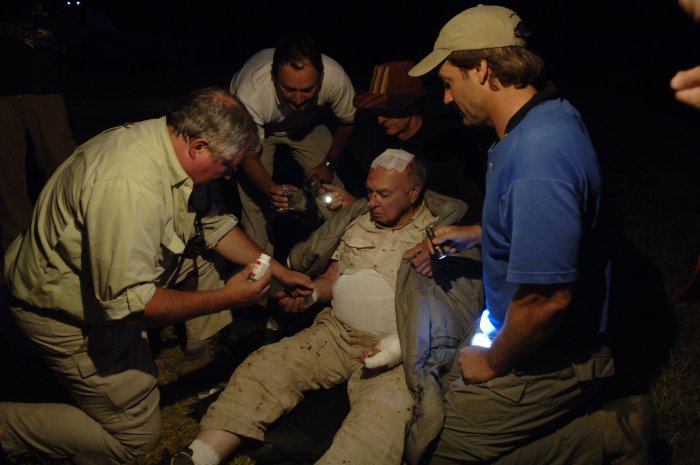
Global Rescue
If you’re planning a trip this summer, get in touch with Global Rescue to help equip you with up-to-date intelligence, and help ensure your safety and security, be it go bag prep or other precautionary preparations.
While we cannot predict or prevent natural disasters, we can take proactive steps to prepare and respond effectively. By understanding the risks, creating an emergency plan, assembling a disaster supply kit, and staying informed, you can minimize the impact of unpredictable events like earthquakes and tsunamis. When a hurricane, cyclone or typhoon threatens your vacation or work trip, Global Rescue’s expert team can help keep you abreast of its path and assist with your evacuation as the storm predictions grow ominous.
Remember, preparedness is key, and it is everyone’s responsibility to prioritize safety. By taking these measures, you can enhance your chances of staying safe, protecting your loved ones, and recovering more swiftly in the aftermath of a natural disaster.
If you’re traveling, and there’s a natural disaster, a Global Rescue security membership provides access to our expert team of veteran military special forces and their expertise. Traveling members who cannot evacuate following an earthquake can rely on our security operations teams to provide lifesaving advice, including where to shelter and to take you to safety. And since it’s a membership – and not insurance – there are no claim forms or charges for member services. Ever

